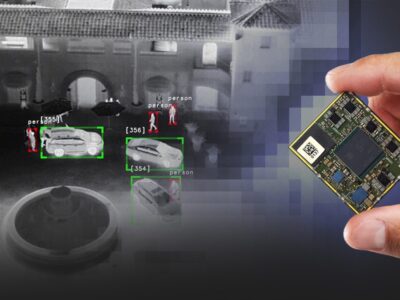
Trench-based low forward voltage Schottky rectifiers offer switching efficiency benefits
The NTST30100CTG, NTST20100CTG and NTSB20U100CTG family of devices utilize a trench topology that enables low forward voltage drop and reduced leakage current. This results in low conduction losses and a substantial improvement in circuit efficiency — helping design engineers achieve regulatory requirements without the added complexity, such as synchronous rectification.
This LVFR family utilizes a trench MOS structure that enables an enhanced conduction zone under forward bias, resulting in significant reduction in forward voltage drop. Under reverse bias, this structure creates a “pinch-off” effect resulting in reduced leakage current. Unlike planar Schottky rectifiers, the LVFR’s switching performance is strong across their entire operating junction temperature range of -40 to +150 °C.
To demonstrate the advantages of LVFR’s, the company compared the performance of its 30 A, 100 V LVFR (NTST30100SG) with a standard 30 A, 100 V planar Schottky rectifier. Data measured in a 65 W power adapter showed a 1% efficiency improvement using LVFR versus planar Schottky.
The increase in efficiency can allow the power supply designer to meet regulatory requirements without the added complexity and cost of solutions, such as synchronous rectification.
For further information: www.onsemi.com.
 If you enjoyed this article, you will like the following ones: don't miss them by subscribing to :
eeNews on Google News
If you enjoyed this article, you will like the following ones: don't miss them by subscribing to :
eeNews on Google News



